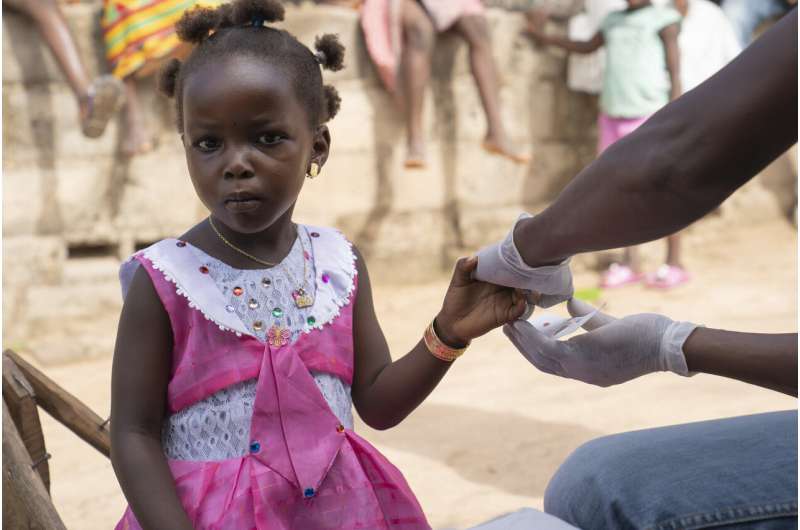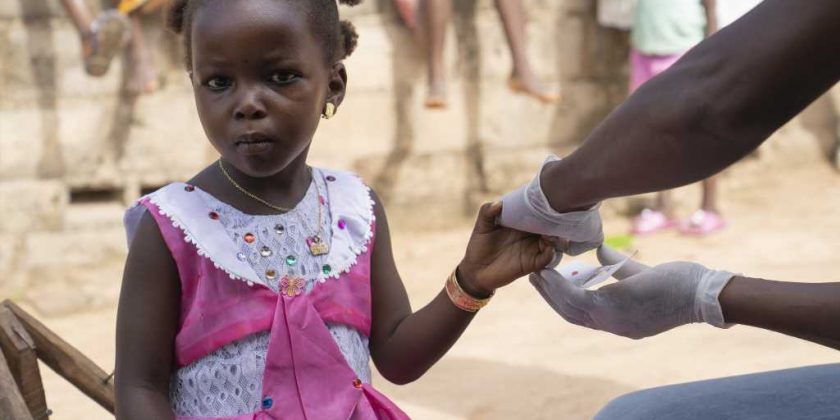
The drug artemisinin is the world’s most important first-line drug for the treatment of malaria, a disease spread by mosquitoes that was responsible for 627,000 deaths globally in 2020. To prevent the malaria parasite (Plasmodium falciparum) from evolving resistance to artemisinin, the World Health Organization has recommended, since 2005, that partner drugs be given along with artemisinin. Yet, the parasite has already become resistant to many of these drugs. A new research collaboration between Penn State, Oxford and Imperial College London demonstrates that resistance to partner drugs facilitates resistance evolution to artemisinin.
“Drug-resistance surveillance efforts have recently been focused on understanding the emergence and spread of artemisinin-resistance in Plasmodium falciparum,” said Maciej Boni, associate professor of biology. “Our results show that focusing surveillance on partner-drug resistance is also needed to slow the spread of artemisinin resistance.”
The team, which comprised a consortium of modeling groups, used multiple mathematical models to forecast the evolution of artemisinin resistance under a range of epidemiological settings. Specifically, the models examined different levels of malaria prevalence and pre-existing partner-drug resistance, as well as varying degrees of access to antimalarial combination therapies, including dihydroartemisinin-piperaquine, artesunate-amodiaquine and artemether-lumefantrine.
The team found that the presence of higher frequencies of partner-drug resistant Plasmodium falciparum genotypes led to earlier establishment of artemisinin resistance among these parasites. Across all models, a 10-fold increase in the frequency of partner-drug resistant Plasmodium falciparum on average corresponded to a loss of artemisinin efficacy 2-12 years earlier than it would have if the partner drugs were acting at full efficacy. Of the three drug combinations, dihydroartemisinin–piperaquine was most susceptible to the process of partner-drug resistance accelerating the evolution of artemisinin resistance. Notably, the team observed substantial reductions in the establishment time for artemisinin resistance even at lower partner-drug resistance frequencies.
The findings published Aug. 2 in the journal The Lancet Microbe.
Source: Read Full Article
